Shelter/Growing Crops
Sheltered 2 has a farming system which allows you to grow crops. The game has a large selection of plants you can grow, from broccoli to tomatoes to mushrooms to even plain regular plants. To grow plants, you must first build either a planter inside your shelter, or build a greenhouse on the surface.
Growing
Planters and Greenhouses
Planters and greenhouses are the key ingredient to growing crops. Most crops need to be grown outside, so they require a greenhouse. However, regular plants, potatoes and tomatoes can be grown indoors or outdoors, and mushrooms can only be grown indoors. Higher quality planters and greenhouses provide a higher yield once they are harvested. For reference, tier 1 planters can give around three to five crops per harvest, but tier 4 harvesters provide a lot more crops, up to 20 per harvest. Adding fertilizer will increase the yield of harvests even further. It is best to use tier 3 planters and greenhouses, until you can get all the resources for the tier 4 ones.
Below is a small table of outputs produced by the different planters and greenhouses.
| Planter Name | Planter Icon | Greenhouse Name | Greenhouse Icon | Harvest Output |
|---|---|---|---|---|
| Small Planter | 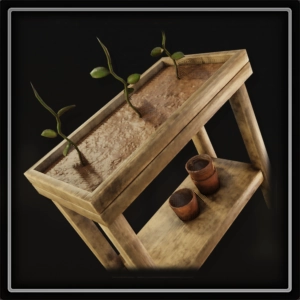
|
Surface Planter | 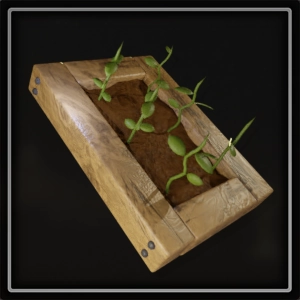
|
3-5 crops |
| Planter | 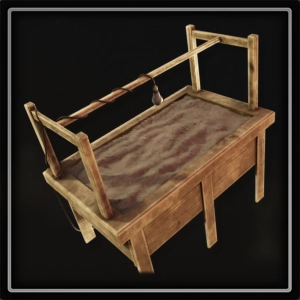
|
Small Greenhouse | 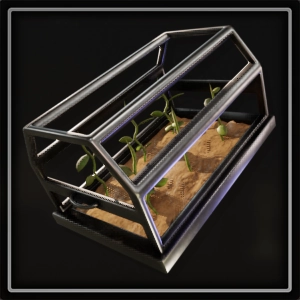
|
6-10 crops |
| Efficient Planter | 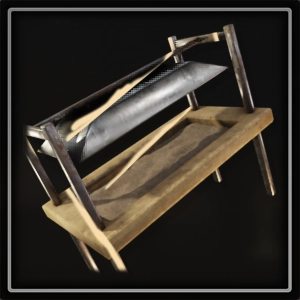
|
Large Greenhouse | 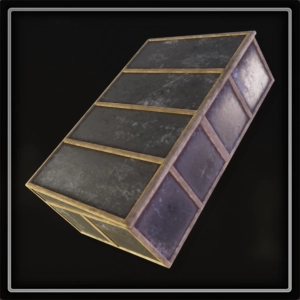
|
9-15 crops |
| Hydroponic Planter | 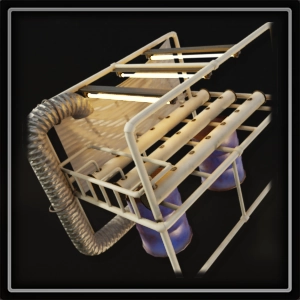
|
Huge Greenhouse | 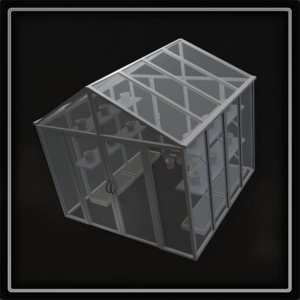
|
12-20 crops |
Managing Temperatures
Each plant has a preferred temperature range. If outside this range, the plant will die. Growing temperatures can be managed by building structures to either heat up or cool down the room. The size of your planter garden determines what tier of heating or cooling you need. For smaller rooms, use either a keg burner or halogen heater to heat it up, and use a desk fan or pedestal fan to cool it down. If you have a large indoor garden, use a boiler to heat it up, and an air conditioner to cool it down. Note that seasons can also affect your plant growth, due to their varying temperatures.
Summer causes a proliferation in temperatures, typically with temperatures of 30-40 ℃. Winter is also just as dangerous, with temperatures lowering down to -20 ℃. These temperatures can be very dangerous to plant growth, as not only do you have to worry about managing plants' preferred temperatures, but you also have to manage your survivors, as they need to water and tend to the plants as well as repair the heating and cooling devices that keep plants' wilting at bay. Plus, they can die if temperatures are too cold or too high, adding to the danger of seasons for plants and survivors.
Rooms can be split up using partition walls, which can help to save space and resources by requiring the use of cheaper to craft objects to manage temperatures.
Seeds
Once the temperatures have been managed, the player must then pick what seed they want to plant and grow for food. Some of the best plants to grow are potatoes and onions, because they are used in a lot of recipes, as well as the steak dinner dish. Another good plant to grow is the regular plant. However, the choice is completely yours in terms of what you want to grow.
Below is a list of seeds, their descriptions, and their preferred temperature ranges.
| Name | Icon | Description | Value | Preferred Temperatures |
|---|---|---|---|---|
| Broccoli Seed | 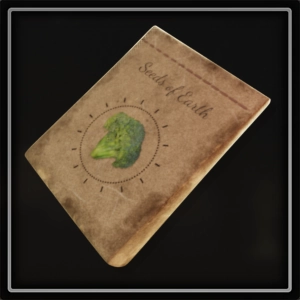
|
A seed which, when planted in either a greenhouse or a planter, will grow broccoli. | ★5
★★10 ★★★20 |
5 - 21 °C |
| Cabbage Seed | 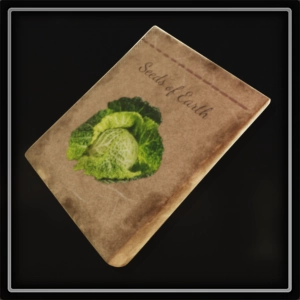
|
A seed which, when planted in either a greenhouse or a planter, will grow cabbages. | ★5
★★10 ★★★20 |
16 - 18 °C |
| Carrot Seed | 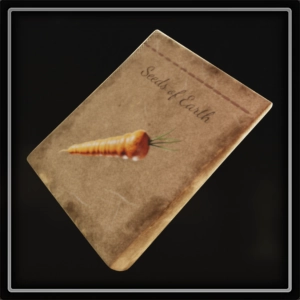
|
A seed which, when planted in either a greenhouse or a planter, will grow carrots. | ★5
★★10 ★★★20 |
15 - 21 °C |
| Mushroom Spore | 
|
A spore which, when planted in an internal planter, will grow mushrooms. | ★5
★★10 ★★★20 |
17 - 20 °C |
| Onion Seed | 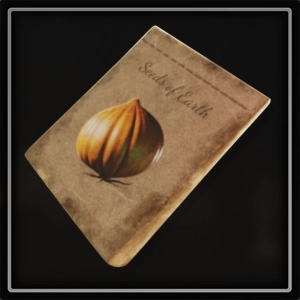
|
A seed which, when planted in either a greenhouse or a planter, will grow onions. | ★5
★★10 ★★★20 |
12 - 24 °C |
| Pea Plant Seed | 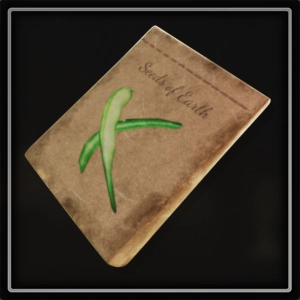
|
A seed which, when planted in either a greenhouse or surface planter, will grow peas. | ★5
★★10 ★★★20 |
4 - 30 °C |
| Plant Seed | 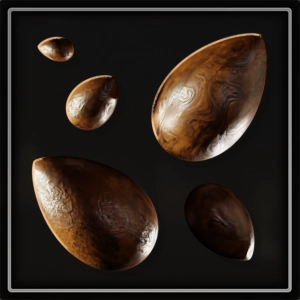
|
A seed which, when planted, will grow a plant. | ★5
★★10 ★★★20 |
16 - 24 °C |
| Potato Seed | 
|
A seed which, when planted in either a greenhouse or a planter, will grow potatoes. | ★5
★★10 ★★★20 |
16 - 21 °C |
| Rice Seed | 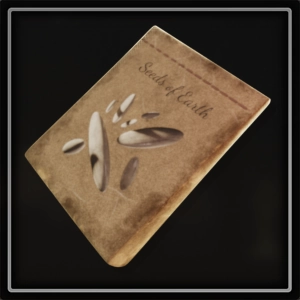
|
A seed which, when planted in either a greenhouse or a planter, will grow rice. | ★5
★★10 ★★★20 |
25 - 35 °C |
| Spinach Seed | 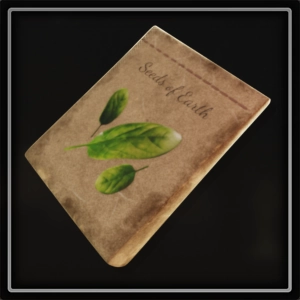
|
A seed which, when planted in either a greenhouse or a planter, will grow spinach. | ★5
★★10 ★★★20 |
5 - 24 °C |
| Tomato Seed | 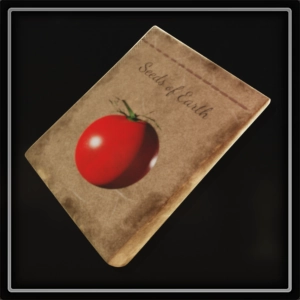
|
A seed which, when planted in either a greenhouse or a planter, will grow tomatoes. | ★5
★★10 ★★★20 |
18 - 30 °C |
Watering
Once a plant is planted, you will need to add water to the plant to keep it healthy. Plants naturally consume water over time, so make sure you have plenty of water on hand if you want to grow a plant, especially if you plan on growing multiple plants. If you have a large amount of water on you, you can safely plant your plants, as your surplus of water can easily manage not only your plants, but also your survivors' thirst, toilet, and hygiene needs. However, if you water a plant too much, it will die.
Harvesting
Once a plant is fully grown, it can be harvested for the crop of the plant seed that was planted. For example, if tomato seeds were planted. harvesting the fully-grown plant will give you tomatoes. If fertilizer was added to the plant, the amount harvested will be increased. The collected crops can then be eaten or used to cook food. Do note that collected crops can spoil, so be sure to keep them in cold rooms to slow down their spoilage. Once the crop is collected, the planter or greenhouse will be open to plant some new seeds. The amount of food harvested from plants can be increased by unlocking the 'Green Fingers' faction goal, which is obtained by harvesting 5 plants, and can be upgraded by harvesting more plants. As such, the more plants you harvest, the more you upgrade this faction goal, thus allowing more food to be harvested from each plant!
Using Crops
As stated earlier, crops can be used to cook different meals, or eaten on their own. Do note that mushrooms are naturally inedible, which means they cannot be consumed on their own. Eating crops will give survivors a small amount of nourishment, so it is better to cook it into something better. Most crops can be cooked into soups in the poor stove, so if you can't combine crops into something better, soups can serve as a last resort. However, they are not as good as the camping stove's meat stew and vegetable stew, which are just as cheap to craft, only requiring ★ crops, as well as ★ meat which is obtained by collecting rabbits on the surface. Plus, these two offer much more nourishment than the poor stove's soups. The microwave offers higher quality recipes, such as the chilli con carne. These recipes can be cooked using ★★ crops, obtained by planting ★★ seeds and then harvesting once fully grown. And finally, the oven offers the two best meals in the game: the jambalaya and the steak dinner. These can take a significant amount of time to cook, as they require ★★★ crops, obtained by planting ★★★ seeds and then harvesting once the plant is ready. In summary, growing crops is a very good thing to do in your shelter, as they can help take you from killing wolves and cooking meat, to growing ★★★ crops and cooking steak dinners for your survivors.
